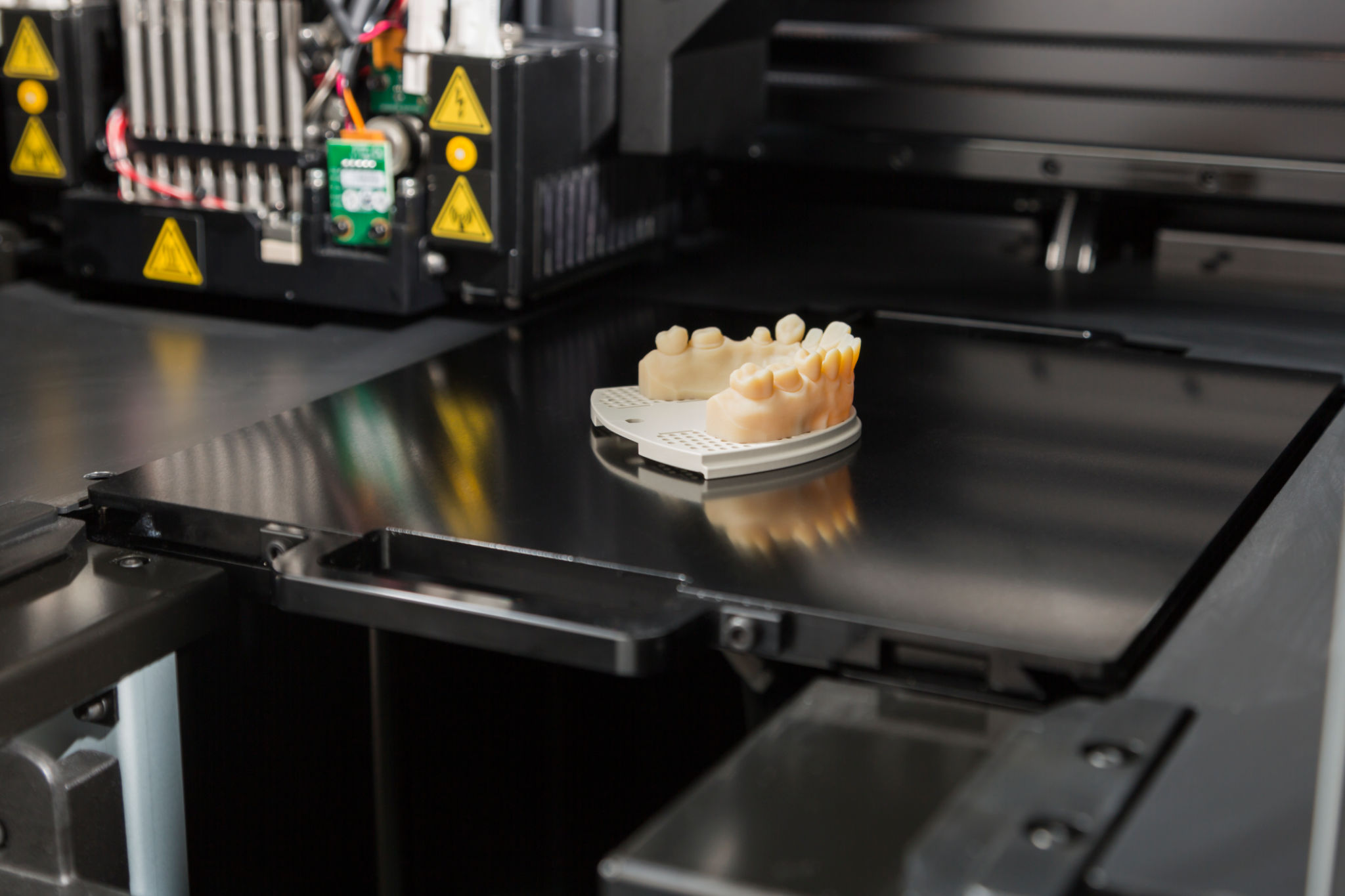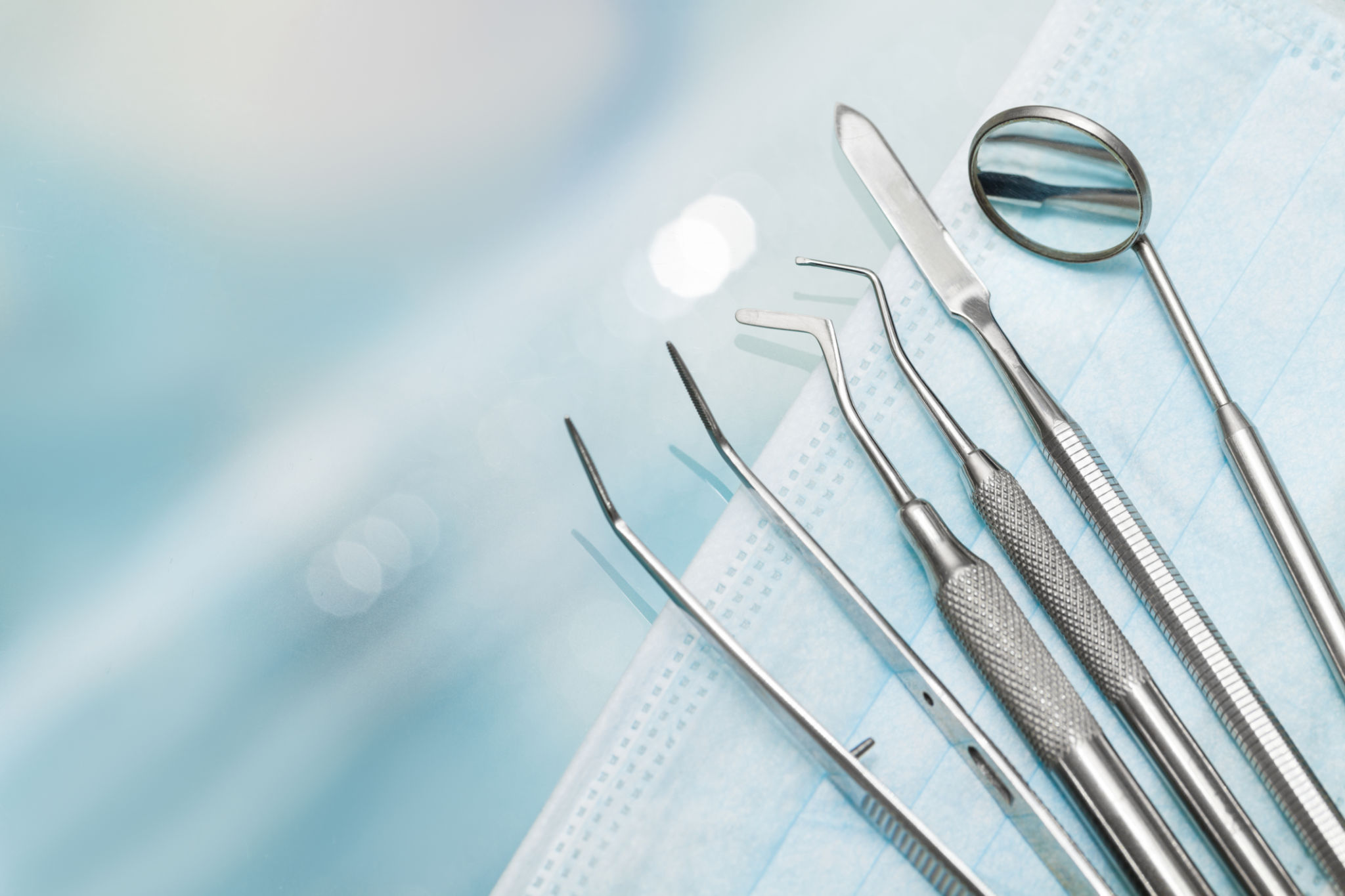Innovative Dental Restoration Techniques: What Every Dentist Should Know
Understanding Digital Impressions
One of the most significant advancements in dental restoration is the use of digital impressions. Unlike traditional methods that require messy impression materials, digital impressions utilize advanced scanning technology to create a precise, three-dimensional image of a patient's teeth. This not only enhances accuracy but also improves patient comfort.
By eliminating the need for physical molds, digital impressions save time and reduce the risk of errors. These scans can be sent directly to dental labs, streamlining the workflow and reducing turnaround times for crowns, bridges, and other restorations.

3D Printing in Dentistry
3D printing has revolutionized many industries, and dentistry is no exception. This technology allows for the creation of highly accurate dental models, surgical guides, and even prosthetics. Dentists can now produce crowns, bridges, and dentures with unparalleled precision, tailoring them to fit perfectly in a patient's mouth.
The use of 3D printing in dentistry not only improves the quality of restorations but also speeds up the process. Patients can receive their dental work in a fraction of the time compared to traditional methods. This innovation is particularly beneficial for complex procedures that require custom solutions.

Advancements in Dental Materials
The development of new dental materials has significantly improved the outcomes of restorative procedures. Modern composite resins and ceramics offer enhanced durability and aesthetics. These materials closely mimic the natural appearance of teeth while providing strength and longevity.
Innovative materials are also less invasive, allowing dentists to preserve more of the natural tooth structure. This is crucial for maintaining oral health over the long term. The biocompatibility of these materials reduces the risk of adverse reactions, making them suitable for a wider range of patients.

Laser Dentistry for Restorations
Laser dentistry is another innovative technique gaining popularity in restorative procedures. Lasers offer precision and control, allowing dentists to perform minimally invasive treatments. They are used for cavity preparation, gum reshaping, and even teeth whitening.
The use of lasers results in reduced pain and discomfort for patients, as well as faster healing times. This technology also minimizes bleeding and swelling, making it an attractive option for both dentists and patients seeking efficient and effective treatment options.
Cone Beam Computed Tomography (CBCT)
Cone Beam Computed Tomography (CBCT) provides dentists with detailed 3D images of a patient's oral structures. This imaging technology is invaluable for planning complex procedures such as implants, root canals, and orthodontic treatments.
CBCT scans deliver precise information about bone density and nerve locations, aiding in more accurate diagnosis and treatment planning. This leads to improved outcomes and reduces the risk of complications during and after procedures.

The Future of Dental Restorations
As these innovative techniques continue to evolve, the future of dental restorations looks exceptionally promising. Integrating artificial intelligence and machine learning in diagnostics and treatment planning is set to further enhance precision and patient outcomes.
Dentists who stay updated with these advancements can provide superior care, ensuring their patients receive the best possible treatment options. Embracing technology not only improves clinical results but also elevates the patient experience, fostering trust and satisfaction.